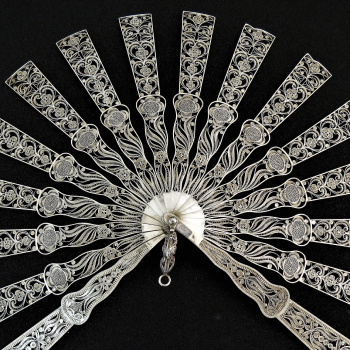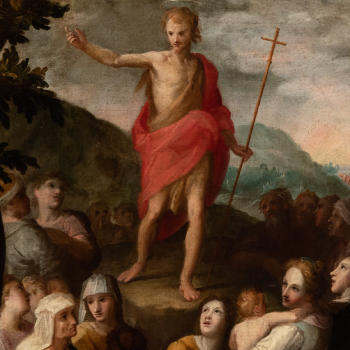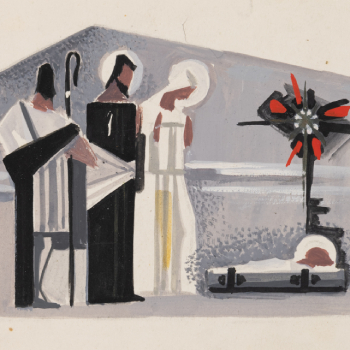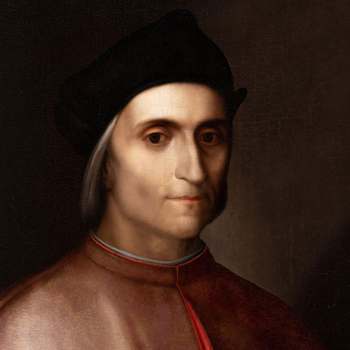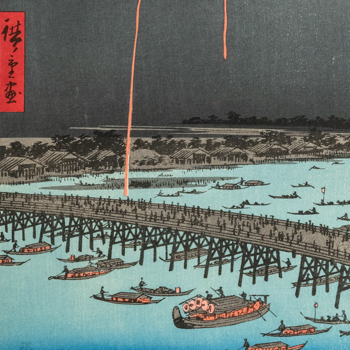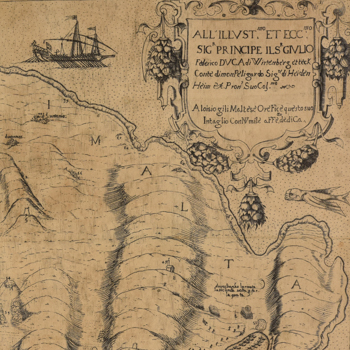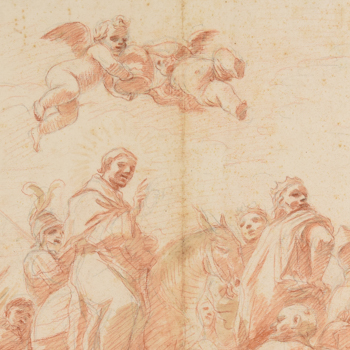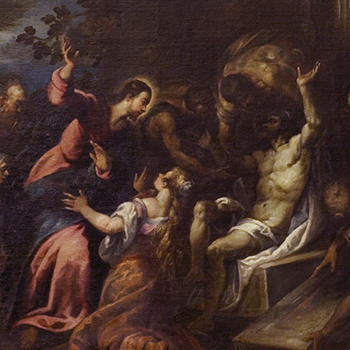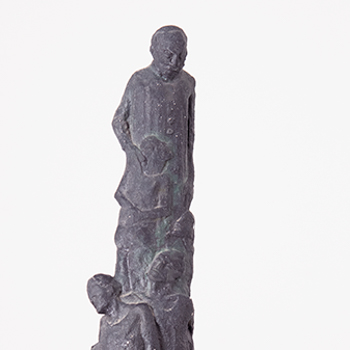This 16th-century bust-length portrait of Pietro Soderini (1452-1522) is attributed to the Florentine school, a fundamental art movement which flourished between the 13th and 16th centuries, starting with the works of Giotto di Bondone (1266-1337) to reach an epitome with artists such as Fra Angelico (1395-1455), Sandro Botticelli (1445-1510), Leonardo da Vinci (1452-1519), Michelangelo Buonarroti (1475-1564) and Raffaello Sanzio (1483-1520). The school’s artistic concepts are considered to be the foundation of early modern European art, for it is based on the humanistic perception of the world, an interest in realism, a passionate concern with perspective and the sciences, and a marked preoccupation with human form and line, traits of which can be attested in this portrait.
A Florentine statesman and ambassador to the French court since 1493, Pietro Soderini is here portrayed in three-quarter view looking directly at the onlooker. The backdrop is blank, devoid of any landscape settings indicative of territorial possessions, or huge columns, opulent carpets, velvet curtains and any props of grandeur intended to create awe. The dark background is therefore particularly effective in enhancing the immediacy with which the sitter presents himself to the viewer.
The fact that it lacks the crispness of the more acclaimed Florentine portraits may indicate that this is either the work of a more modest hand, or a copy after a celebrated rendition, a common practice in portraiture. Nonetheless, it is an appreciably good rendition not just of the politician’s likeness but also of his pondering nature and his cultivated manners and emotional self-control typical of a gonfaloniere di giustizia of the Florentine Republic.

